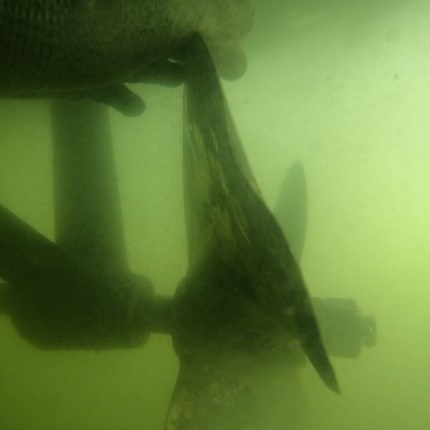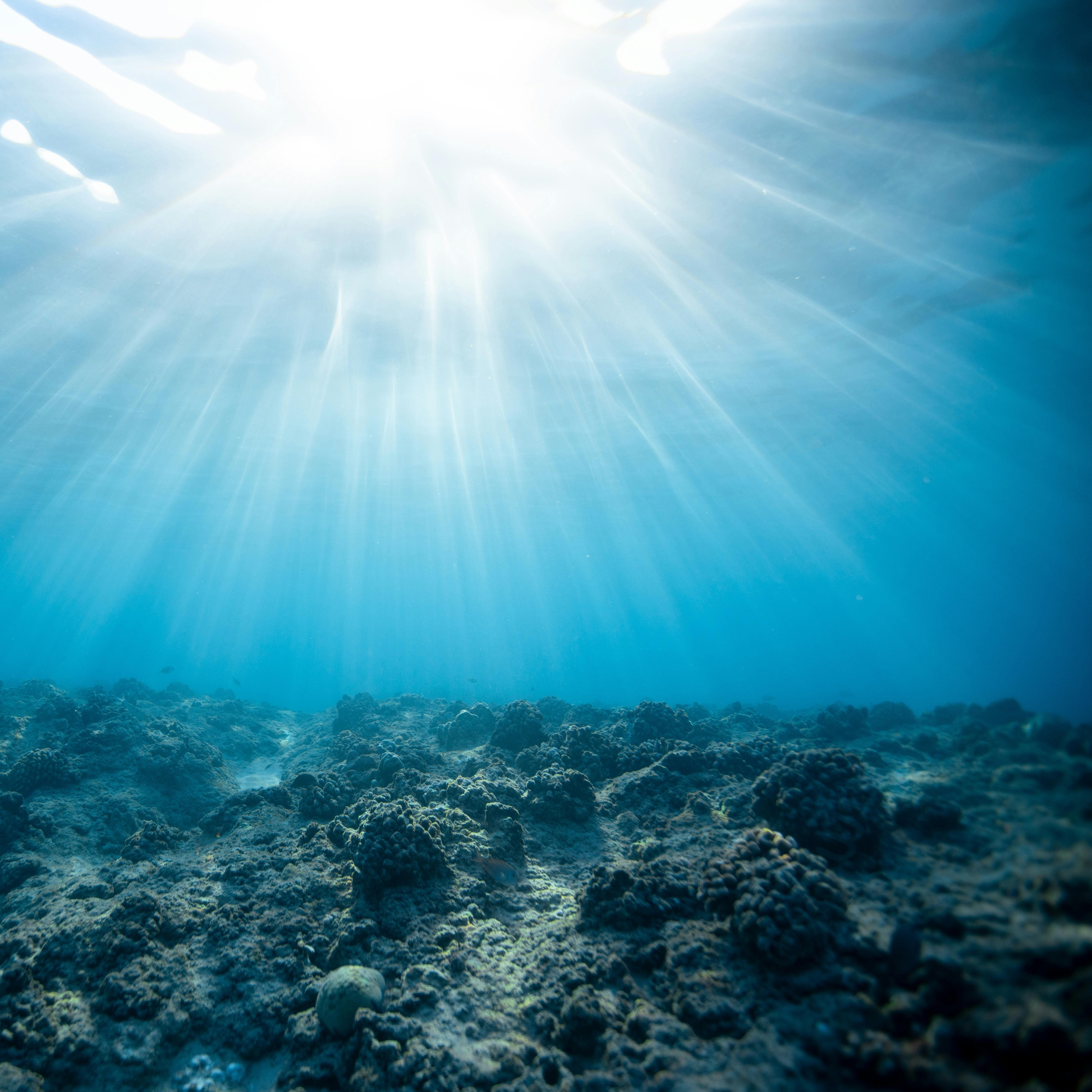Dive Services
- Hull Cleaning
- Piling Wraps
- Props
- Rudders
- Docks
We only employ the best divers.
Our divers include veterans of the U.S. Navy, cave divers, open water SCUBA instructors, and boating and sailing enthusiasts. With several decades of combined experience, we're confident that no one in our service area is better equipped to handle your underwater needs.
Services
Our Dive Services

Hull Cleaning
Keep your hull, running gear, and thru-hulls clean with monthly or bi-weekly underwater hull cleanings.

Props
We can pull and install outboard propellers, inboard propellers, IPS props, and folding props without the need for a haul out.

Piling Wraps
Protect and extend the life of your pilings with professionally installed piling wraps.

Docks & Seawalls
We remove heavy fouling from your pilings and seawalls with underwater powerwashing.

Hull Cleaning
Scheduled Maintenance
Monthly & Bi-Weekly Hull Cleanings
It’s recommended to have the bottom of your boat cleaned and inspected at least once a month. Some boats in high growth areas will even benefit from cleanings every two weeks in the summer. Longer intervals between cleanings will result in loss of efficiency, excessive wear on bottom paint, and increase the cost of the cleaning. Heavy fouling on running gear can also result in vibrations that could potentially damage the vessel. Don’t just take our word for it. Check out what Sea Hawk, a leading manufacturer of bottom paints, has to say about it here.
Hull Cleanings Include:
- • Hull Inspection
- • Thorough Cleaning of Hull, Running Gear, and Thru-Hulls
- • Anode Assessment
- • Anode Replacement (when necessary)*
- • A Detailed Boat Report
- • Photos (upon request)**
*While we do our best to anticipate the burn rate of your anodes and include their condition in each report, the diver may need to unexpectedly change or install new zincs/anodes to ensure your underwater metals are protected.
**Photos are not included with service. However, your diver may take photos of anything that needs brought to your attention such as damage, excessive fouling, etc, or when photos are requested by the customer in advance.
Check RatesRequest Service

Propellers
Boat propellers can become damaged by running aground, hitting foreign objects, or from electrolysys and galvanic corrosion that result from electrical issues on or around your boat, or from anodes having been neglected.
Even minor damage to your props can cause vibrations that may not be noticeable when operating your boat, but can put strain on other components such as cutlass bearings, couplers, and your transmission. It is always recommended to address prop damage as soon as possible to prevent further, and more costly, issues down the line.
Propeller services we provide:
- • Removal and installation both underwater and in the boatyard
- • Reconditioning
- • Static & Dynamic Balancing
- • Sales
- • Propspeed and antifouling coatings

Piling Wraps
Piling wraps serve several purposes to protect dock pilings, the poles that support the structure. Here's a breakdown of their benefits:
- Shield from marine life: Piling wraps act as a barrier against marine organisms like borers that can eat away at the wood, weakening the pilings.
- Deterioration defense: By creating a barrier between the wood and water, piling wraps help prevent cracking, chipping and other water-related damage.
- Sun protection: The wraps are often made from UV-stabilized materials, safeguarding the pilings from sun damage which can degrade the wood over time.
- Life extension: By protecting pilings from these threats, piling wraps can significantly extend their lifespan, saving money on repairs and replacements in the long run.
Overall, piling wraps are a cost-effective way to safeguard your dock investment by keeping the pilings strong and functional for years to come.

Rudders
Importance of maintaining your rudder:
- Regularly inspect your rudder for damage, cracks, or loose fittings.
- Ensure the rudder is properly aligned for optimal performance and to prevent excessive wear.
- Our divers will inspect your rudders to identify and address any potential issues each time they clean your boat.
We can oftentimes repair, or replace, bent or broken rudders without having to haul your boat out.

Pressure Washing
Although underwater pressure washing is terrible for the bottom paint of your boat, it can be a great way to remove heavy fouling from pilings and floating docks.
We recommend having your floating dock pressure washed semiannualy to keep the weight off the bottom. Pilings and swim ladders should also be kept clean. Sharp oysters are hazardous for those trying to exit the water. Dock pilings should be cleaned and inpected regularly to ensure marine organisms aren't damaging the wood.

Search & Recovery
Replacing your anodes/zincs is required each time you haul out.
Boat zincs rely on a wet environment, specifically saltwater, to function properly and protect your boat's underwater metals from corrosion. If your boat zincs dry out, they lose their effectiveness and can no longer provide the sacrificial protection they're designed for.
When zincs dry out a layer of zinc hydroxide and calcium will for over the zincs rendering them unable to prove protection for your underwater metals. These zincs are referred to as being "passive".
When zinc anodes on a boat become passive, it means they lose their ability to effectively corrode sacrificially and protect the boat's underwater metals. This can have significant consequences for the boat's longevity and performance.


